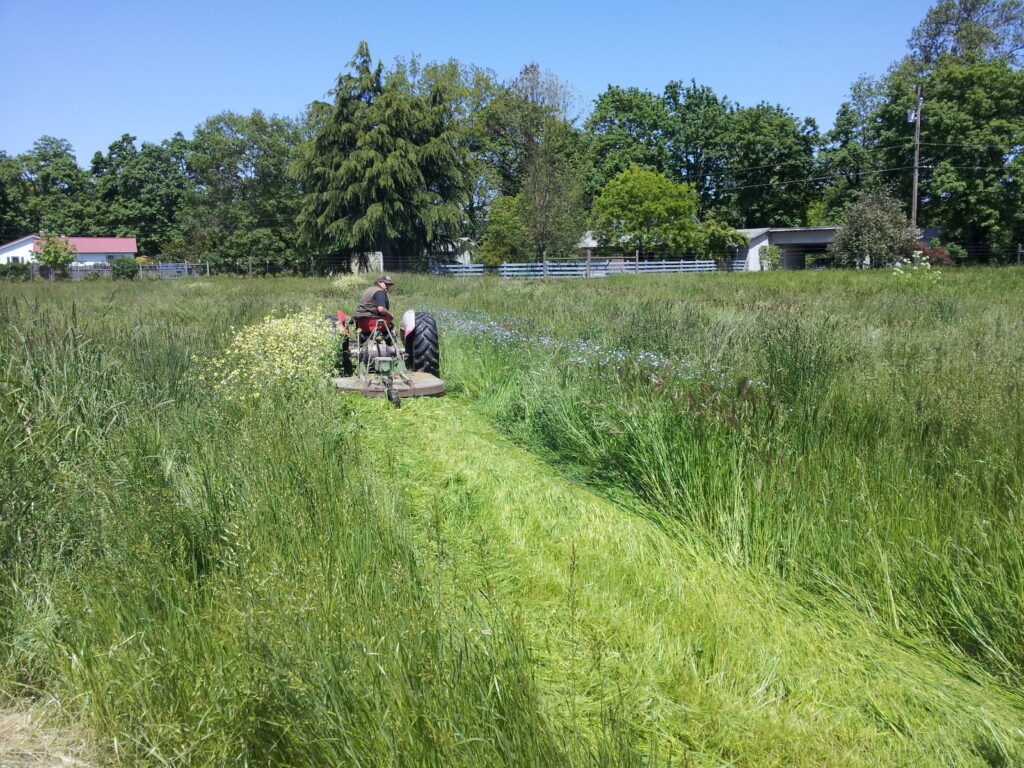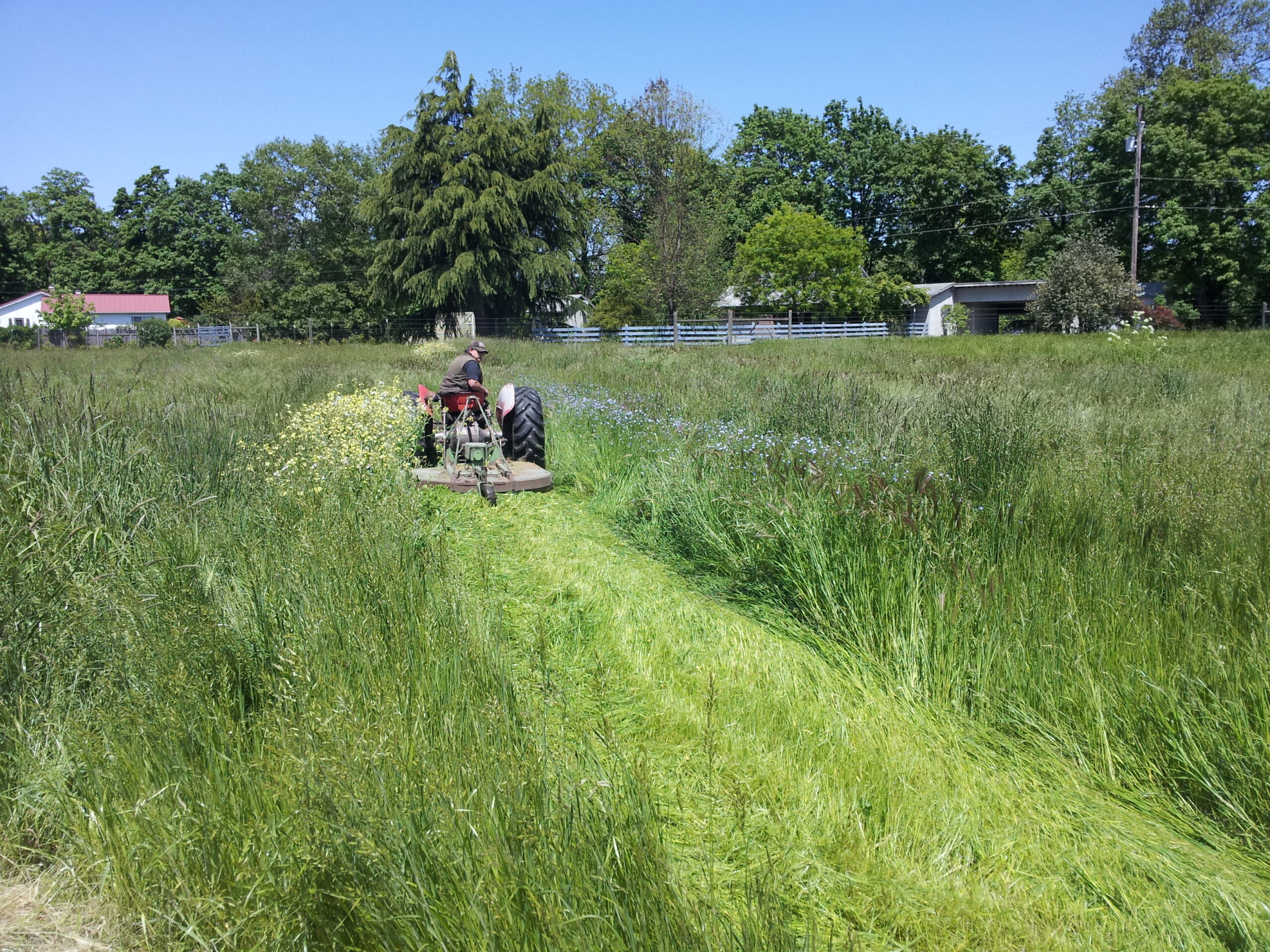Cover Cropping

Cover cropping is a sustainable agricultural practice that involves planting specific crops to cover and protect the soil during off-seasons or between main crop rotations. This technique offers various benefits to both the environment and farming operations:
Soil Health Improvement:
Soil Erosion Prevention: Cover crops help in preventing soil erosion by covering the soil surface and stabilizing it, especially during heavy rains or windy periods.
Enhanced Soil Structure: The roots of cover crops help in improving soil structure, making it more porous and allowing better water infiltration and retention.
Increased Organic Matter: As cover crops grow and eventually decompose, they add organic matter to the soil, enhancing its fertility and nutrient content.
Nutrient Management:
Nutrient Retention: Cover crops absorb excess nutrients, such as nitrogen, preventing them from leaching into groundwater or running off into nearby water bodies, thus reducing pollution.
Nutrient Cycling: When cover crops decompose, the nutrients they absorbed are released back into the soil, providing a natural fertilizer for subsequent crops.
Weed Suppression:
Competitive Exclusion: The dense growth of cover crops shades the soil, making it difficult for weeds to establish and compete for sunlight, nutrients, and space.
Allelopathic Effects: Some cover crops release chemicals that inhibit weed growth, further reducing the need for synthetic herbicides.
Pest and Disease Control:
Biofumigation: Certain cover crops, like mustard, can act as biofumigants, releasing compounds that help control soil-borne pests and diseases.
Habitat for Beneficial Organisms: Cover crops provide shelter and food for beneficial insects and microorganisms that can help manage pest populations.
Water Management:
Reduced Water Runoff: Cover crops reduce surface runoff by absorbing and using excess water, preventing soil erosion and potential water pollution.
Drought Mitigation: The increased organic matter and improved soil structure from cover crops help the soil retain moisture during dry periods, improving drought resistance.
Biodiversity and Wildlife Habitat:
Diverse Plantings: Cover crops often consist of various plant species, promoting biodiversity and supporting a range of beneficial organisms.
Wildlife Attraction: Cover crops can attract beneficial insects, birds, and other wildlife that contribute to ecosystem health and balance.
Cost Savings and Economic Benefits:
Reduced Input Costs: Cover crops can reduce the need for synthetic fertilizers, herbicides, and other costly inputs.
Improved Crop Yields: Enhancements in soil health and nutrient availability can lead to increased crop yields in subsequent planting seasons.
Incorporating cover cropping into agricultural practices can lead to sustainable, regenerative farming systems that promote environmental conservation while maintaining or improving productivity and economic viability.

